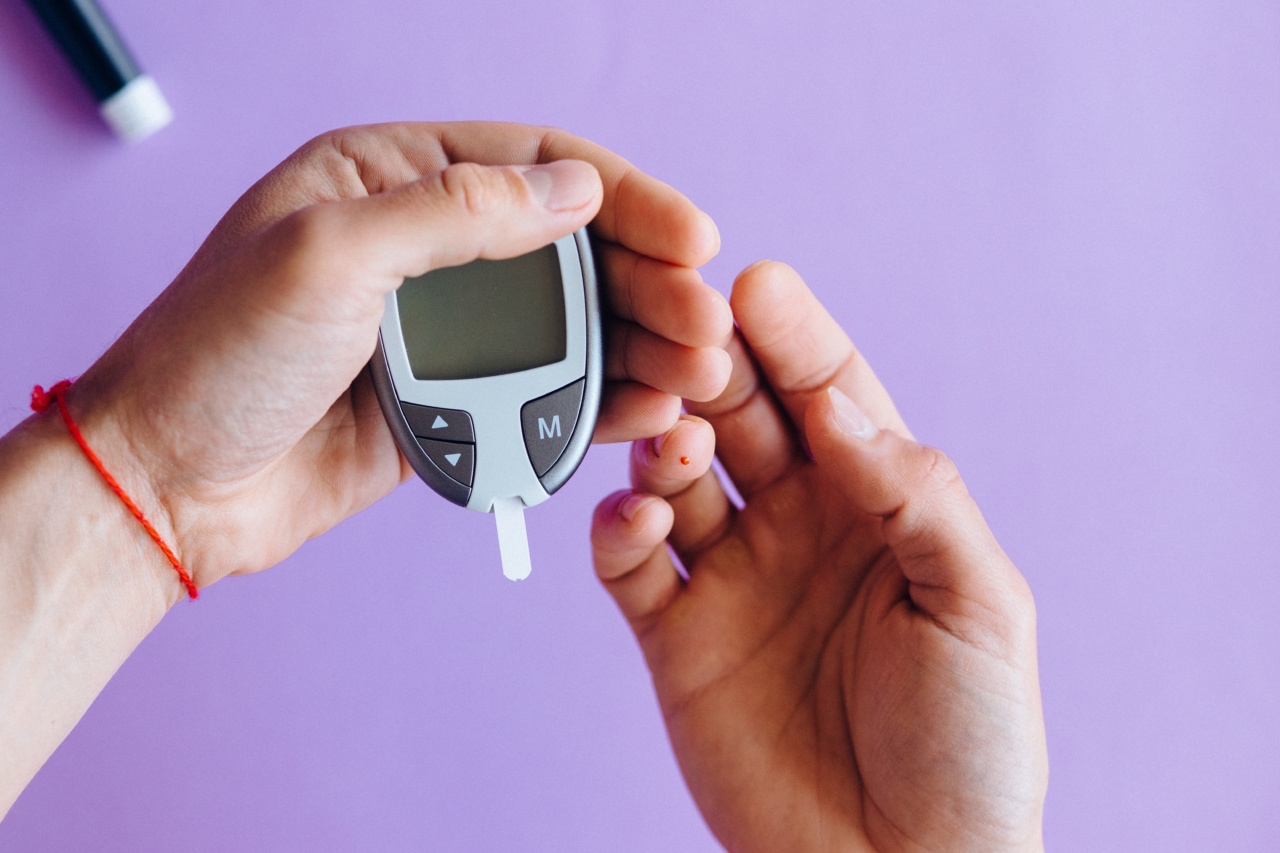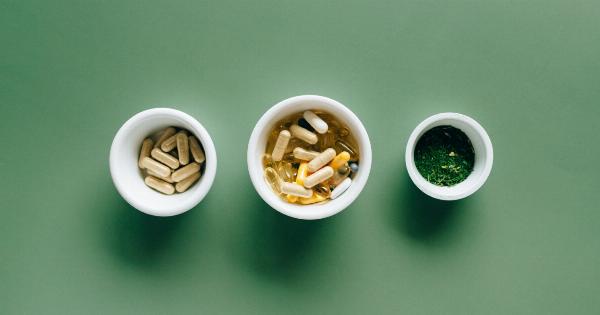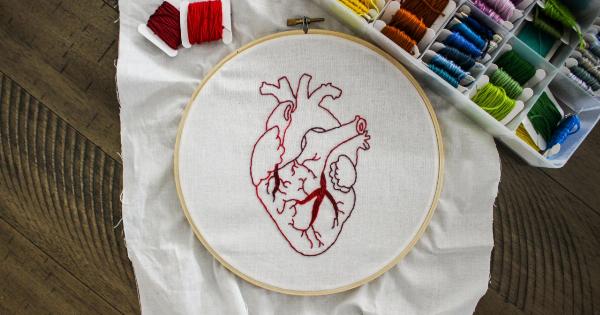Controlling blood sugar levels is crucial for individuals with diabetes, as high or low blood sugar can have serious health consequences.
Along with medication, a healthy diet, and regular monitoring, exercise plays a vital role in managing blood sugar levels. However, knowing when to exercise is just as important as the exercise itself. In this article, we will explore the best times to engage in physical activity for optimal blood sugar control.
2. The Impact of Exercise on Blood Sugar
Regular exercise helps regulate blood sugar levels by improving insulin sensitivity and increasing glucose uptake in the muscles.
As a result, physical activity can lower blood sugar both during and after exercise, potentially reducing the need for medication and enhancing overall diabetes management.
3. Exercising in the Morning
Engaging in physical activity in the morning can be beneficial for blood sugar control. When we wake up, our bodies typically experience an increase in blood sugar levels due to the release of hormones like cortisol and growth hormone.
Morning exercise can help counteract this rise in blood sugar, making it a suitable time for individuals with diabetes to work out. Additionally, exercising in the morning kickstarts your metabolism, leading to improved insulin sensitivity throughout the day.
4. After Meals
Exercising after meals, especially larger ones, can help prevent blood sugar spikes.
The food we consume raises our blood sugar levels, but physical activity can facilitate glucose uptake by the muscles, effectively lowering post-meal blood sugar levels. While any form of movement is beneficial, consider engaging in low-impact activities like walking or cycling after meals to enhance blood sugar control.
5. Timing Considerations
When deciding when to exercise, it is essential to consider the timing of your meals and medication.
If you take insulin or other blood sugar-lowering medications, be mindful of the peak action time, which refers to the period when these medications are most effective at reducing blood sugar levels. Planning your exercise around this peak action time can help prevent hypoglycemia (low blood sugar).
6. Late-Night Exercise
Engaging in physical activity close to bedtime may not be ideal for everyone, but for those with diabetes, it can help regulate blood sugar levels overnight.
Exercise prompts the body to utilize glucose for energy, potentially preventing nocturnal hypoglycemia. However, if you choose to exercise late at night, be cautious of the potential impact on sleep quality, as it varies between individuals.
7. Reaping the Benefits with Consistency
While knowing when to exercise is important, consistency is key for blood sugar management. Regular physical activity helps maintain overall metabolic fitness, improves cardiovascular health, and enhances insulin sensitivity in the long run.
Aim for at least 150 minutes of moderate-intensity aerobic exercise spread throughout the week, complemented by strength training exercises twice a week.
8. Safety Precautions
Prior to starting any exercise program, consult with your healthcare provider, especially if you have any pre-existing conditions or concerns. They can provide valuable guidance and ensure that you proceed safely.
Additionally, monitor your blood sugar levels closely before, during, and after exercise. This information can help you understand how your body responds to different types and durations of physical activity.
9. Hydration and Snacking
When exercising, proper hydration is essential to support optimal bodily functions and maintain stable blood sugar levels. Make sure to drink water before, during, and after exercise.
Additionally, keep a snack readily available in case your blood sugar levels drop during or after physical activity. Suitable snack options include a small piece of fruit, a granola bar, or a handful of nuts.
10. Conclusion
Exercise is a powerful tool for controlling blood sugar levels, but it is essential to consider the timing of your physical activity.
Working out in the morning, after meals, or even late at night can offer various advantages for individuals with diabetes. However, it is crucial to monitor blood sugar levels closely, consult with a healthcare professional, and maintain consistency to achieve the full benefits of exercise in blood sugar control.






























